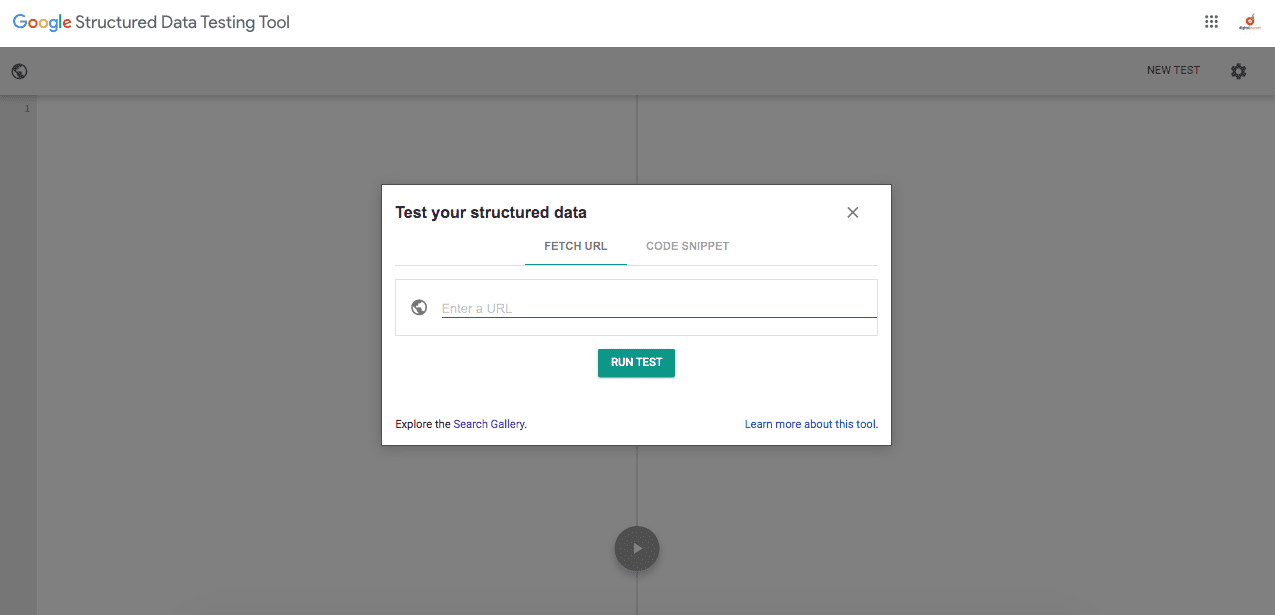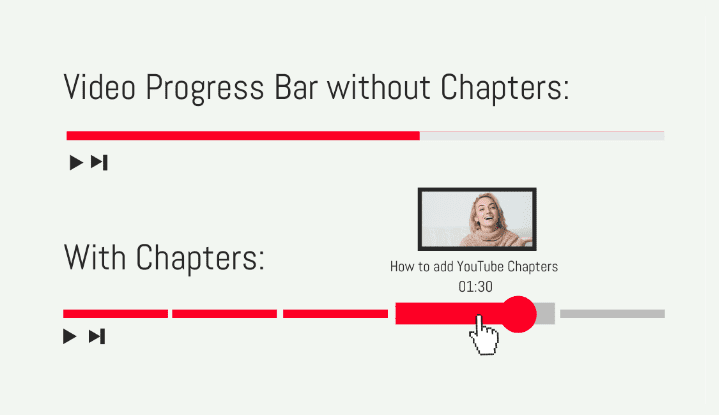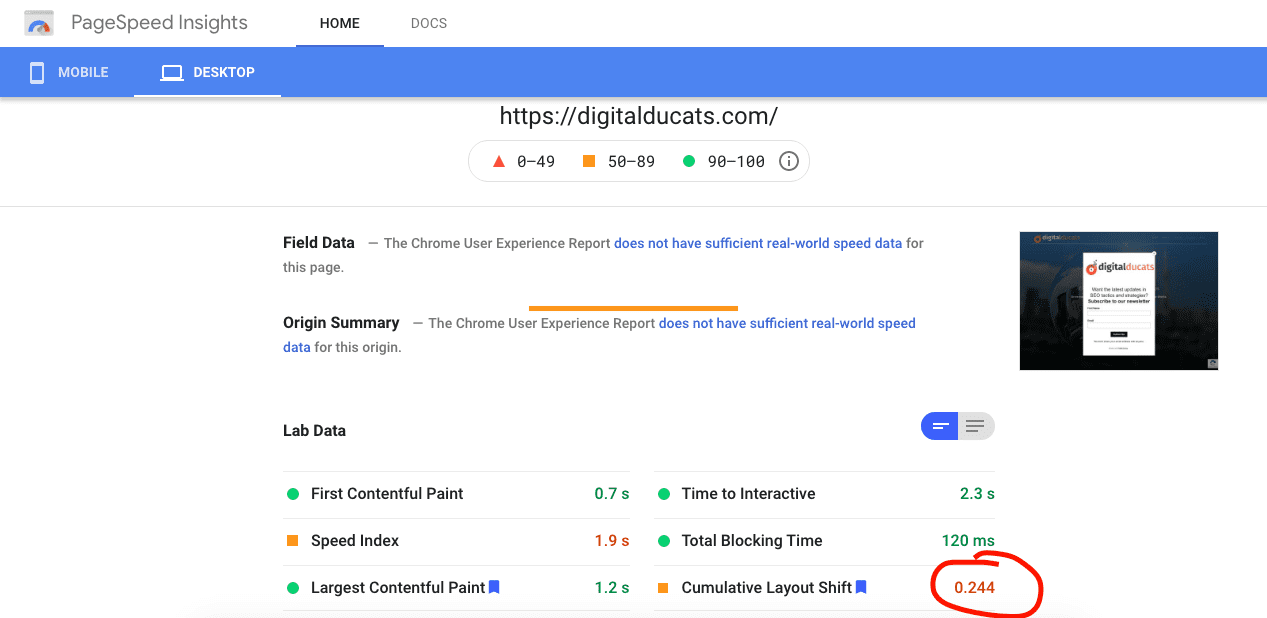5 Tips To Capitalize On The SEO Trends Of 2021
Last year has left us with a whole new outlook on how we market our businesses. It’s not that we’ve made any revolutionary discoveries because the trend has been shifting to a more digital outlook for quite some time now.
What’s happened is an accelerated shift in the level of comfort and ease with which people are researching and purchasing online. Google posted its highest year for revenue in 2020 at a whopping 184 billion dollars (up from 160 billion in 2019). With Google searches raging to new heights, it’s a smart bet to consider doubling down on your SEO.
In 2021, many companies are positioned to capitalize on the accelerated shift, while others are still scrambling to pick up the pieces. Wherever you’re at in your website development, the following tips will help you capitalize on the SEO trends in 2021 for a boost in traffic, leads and new clients.
Refresh your SEO strategy
Of all the different types of marketing strategies, SEO is one of the best methods to narrow down your audience to a specific group of interested website visitors. General “spray and pray” methods of advertising have already taken their bow-so don’t practice the same tactics with your SEO strategy. To maximize the results from your SEO campaigns, refresh your strategy to capitalize on the latest changes and opportunities.
Required SEO vs. competitive SEO
An SEO strategy goes far beyond making sure your keyword is placed in the meta tags. Implementing the fundamentals of SEO requires your attention to the following:
- Making sure search engines can crawl and index your web pages.
- Pages are keyword optimized.
- Your content is optimized for search intent.
As the competition rises in your niche, you need to be able to address the more advanced SEO tactics and strategies to make your website more competitive. This includes:
- Your page demonstrates fast page speed, usability, and an enjoyable user experience.
- You publish shareable link-worthy content to gain authority and improve ranking ability.
- Optimize click-through rates from the SERP
Moz provides an excellent way to visualize the importance of each of these items in the image below.
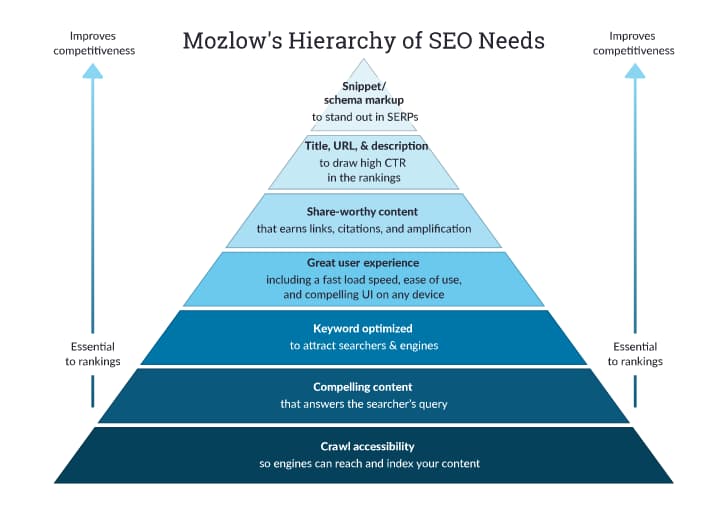 Every website needs a custom SEO strategy to identify the opportunities within their niche and to establish what it will take to drive traffic that converts to new clients.
Every website needs a custom SEO strategy to identify the opportunities within their niche and to establish what it will take to drive traffic that converts to new clients.
The search landscape is constantly evolving with new features, new opportunities, and new tactics. To make sure you’re getting the most from your SEO efforts, work from an updated SEO strategy template to ensure you’re covering the latest changes and capitalizing on the newest opportunities.
Publish content with Google Passages in mind
One of the Google updates in 2020 that have already rolled out is Google Passages. This update changed the way content ranks in an effort to provide more accurate search results to questions that required specific information. The video below explains this in more detail starting at the 18:15 mark.
The example used by Google in the explanation is the query “ How can I determine if my house windows are UV glass?”
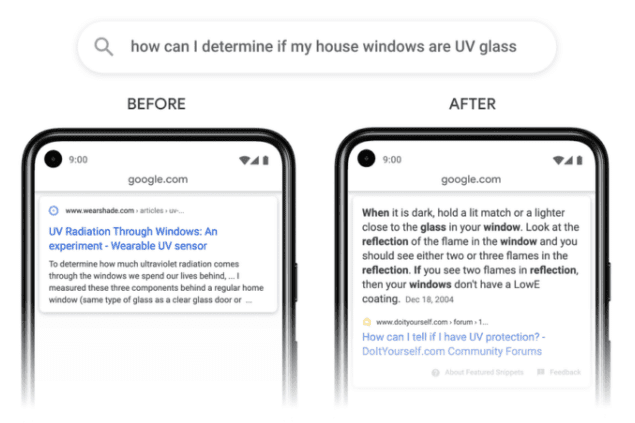 The difference in the two results shows that the content on the right is much more specific about answering the question whereas the content on the left is a page with general information.
The difference in the two results shows that the content on the right is much more specific about answering the question whereas the content on the left is a page with general information.
The update allows search engines to zoom in on content within a page that contains the best answer in response to a query.
How do businesses capitalize on the Google passages update?
The answer is to learn how to write articles for marketing with special attention to detail and organization. Google’s mission statement is to organize the world’s information. By making their job easier, your website will be rewarded with increased search appearances.
Use subtitles and h-tags at every opportunity
The focus here for publishers is to create content that is organized extremely well by using subtitles (h2-h6 tags) at every opportunity. Think of how you would scan through an article and pick up on the most important talking points. The subtitles give you an idea of where the article takes you and highlights the information it provides.
Here’s an example of a WordPress document summary that shows how the article is organized by listing its subtitles ( h-tags).
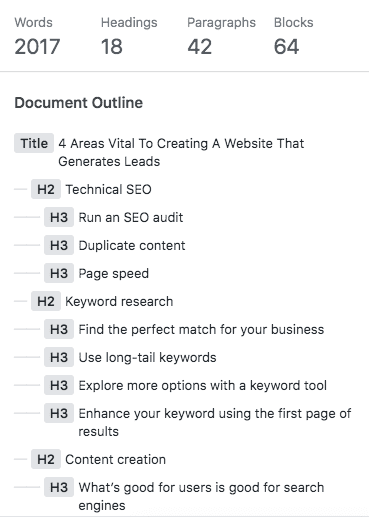 Subtitle important questions and immediately follow them with the answers to highlight specific information. If users are asking variations to those questions in a search engine, you’ve provided a way to stand out and cut your way to the front of the line in a search result.
Subtitle important questions and immediately follow them with the answers to highlight specific information. If users are asking variations to those questions in a search engine, you’ve provided a way to stand out and cut your way to the front of the line in a search result.
Get familiar with structured data markup
The most opportunities often lie in the road less traveled. Schema and structured data markup is by no means a new trend, and yet, 35.8% of websites still don’t use any form of markup. Implementing the appropriate markup can give your website a competitive advantage in the search results.
Why use structured data markup?
Competition is increasing online in just about every industry, making keywords slightly more difficult to rank at the top of the search results. Structured data markup provides search engines with data to enhance the optimization of your page and help your page stand out from the competition.
More keyword appearances
Structured data markup doesn’t improve your ranking, however, providing more context to search engines about your pages contributes to more related keyword appearances. Structured data helps break down any communication barriers that exist to create a better understanding of the content on your page.
Generate rich results
Ready to add more joy to your world? If you use the correct Schema for your top ranking pages it can lead to your search listings becoming rich results.
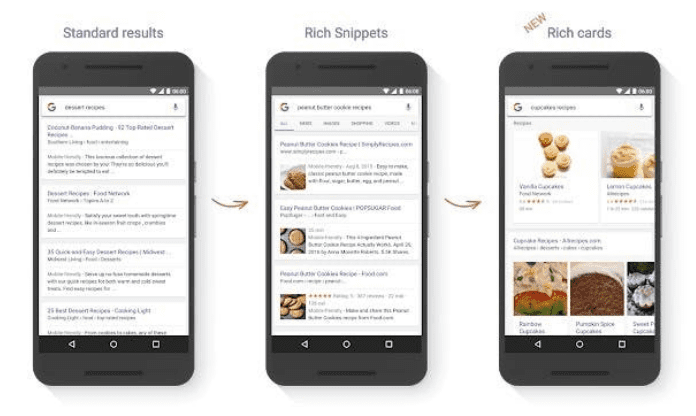
Image source: econsultancy.com/what-are-rich-search-results-and-how-can-you-get-them/
Basically, without any changes to your page’s ranking, you can generate more traffic with a rich result. Most rich results will have higher click-through rates directly from the SERP simply because they’re more attractive search listings than the blue link.
Gain the competitive edge
As the competition mounts, it’s the little things that add up to contribute to a more successful website. Adding structured data markup is to your pages is a sure-fire way to make big improvements to the traffic your site is generating.
How do I implement structured data markup?
The best way to get the most from your structured data is to read about how it works here so you know what to look for when you use the structured data markup helper.
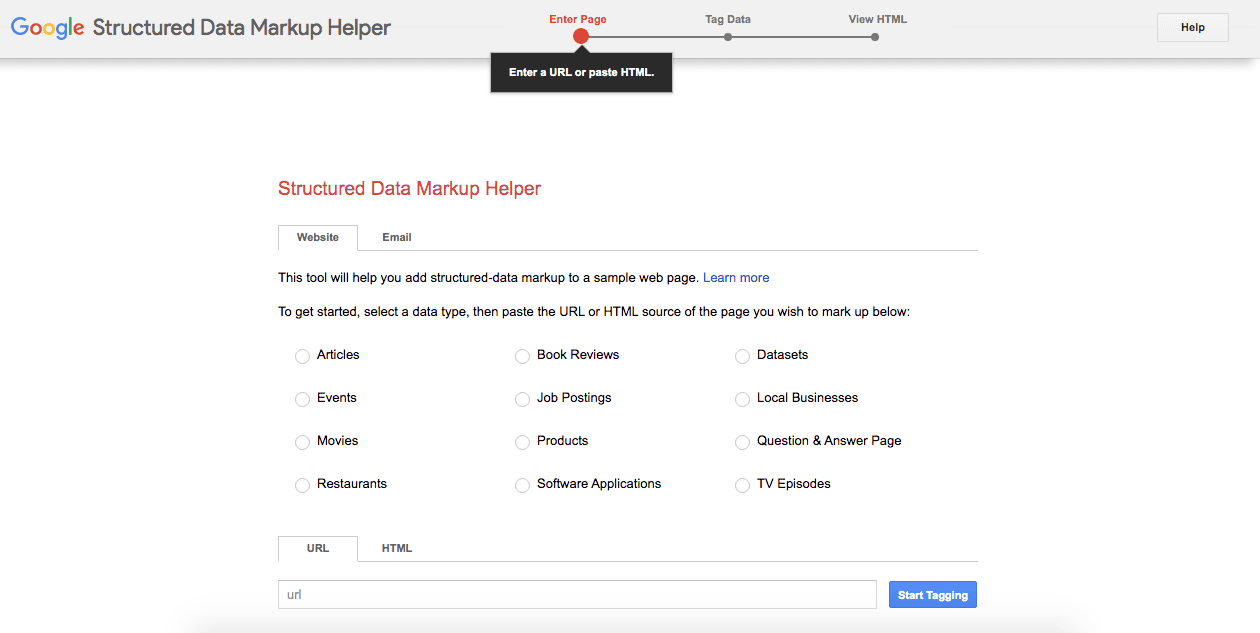 Once you’ve gone through and highlighted each item on your page, you copy the code and paste it into the HTML editor on your website.
Once you’ve gone through and highlighted each item on your page, you copy the code and paste it into the HTML editor on your website.
Go to the structured data testing tool and enter the URL of your page to see if you’ve implemented the code correctly.
Check for rich snippets
If you have pages that already rank on the first page, check to see what rich snippets are available based on the type of content on your pages. You can find a list of potential rich results here on Google’s Search Gallery.
Leverage video marketing on Google
If you’ve been living in a cave for the last few years, you may not know that video is absolutely taking over content creation. It is by far the most shared type of content on social media and 59% of executives say they prefer watching a video to reading an article. It’s generally the preferred method for content consumption whenever people want to research a brand, product or learn how to do something.
Squatty Potty is a prime example of a company that successfully implemented a 33 million dollar video marketing strategy. Here’s one of their entertaining videos that went viral with over 39 million views and counting.
YouTube is the choice of champions
YouTube in particular is the juggernaut in video marketing. It’s the leading streaming platform and is officially the second largest website/search engine in the world. What could be better than having your content appear on both YouTube and Google search results?
Aim to appear in video snippets
One thing that’s been working to generate more traffic is the appearance of video snippets. As explained earlier in this article Google has been leaning towards zooming in to surface more accurate information from web pages. The same holds true for video, which is being made evident in more frequent appearances of video snippets within the SERP.
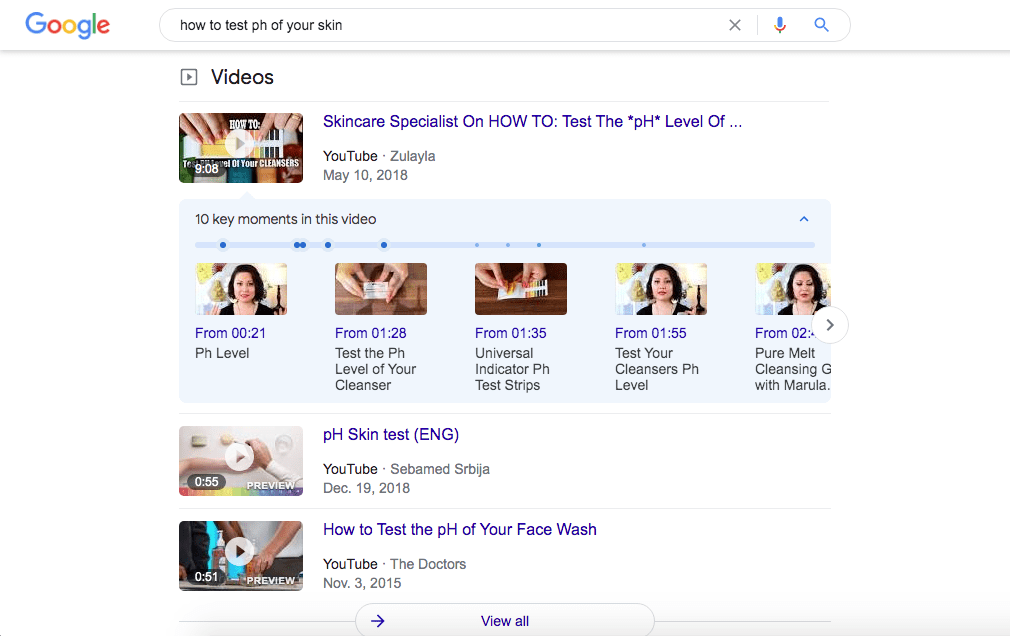
To generate traffic from your YouTube videos as well as appear on Google search, you can use “chapters” to segment your videos and organize the information in a way that can be indexed by search engines.
How to add chapters
- Organize your video into the major segments.
- List a table of contents that details what each segment is about.
- Provide a timestamp for when each chapter begins within your video.
- Use optimized keywords and phrases to promote the most search volume.
Add a transcript
It’s best practice to add a transcript of your video within the YouTube description. The additional details to what’s contained in your video will add more context for search engines and contribute to more search visibility for more keywords.
Learn how to optimize videos for YouTube as well as for Google and watch your traffic skyrocket through the roof.
Plan to Provide A Positive Page Experience
It’s rare we get the heads up from Google on an algorithm update, so take advantage of the changes that have been promised to come. As of May 2021, Google will include Core Web Vitals as part of its ranking algorithm in what’s being coined The Page Experience Update.
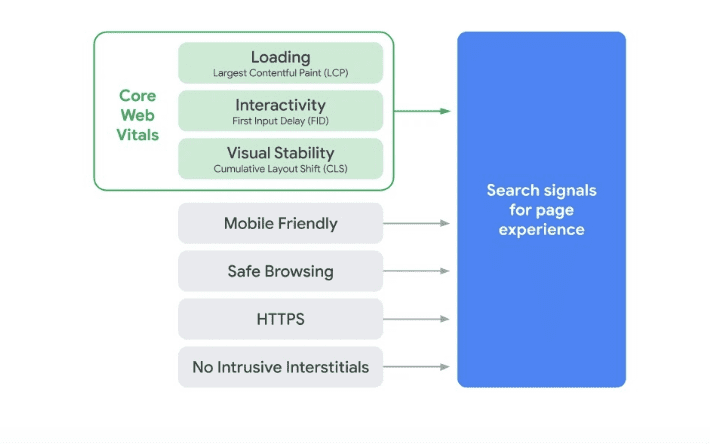 What will this mean for my business?
What will this mean for my business?
For some websites, this will mean gaining a competitive advantage over websites that don’t provide a positive user experience. For others, they may lose position on the SERP. For most, there won’t be the type of changes we’ve seen from updates that turned the SEO world upside down and the impact on ranking will be minimal.
Better user engagement
We’ve already known that page speed has been a ranking factor for some time now. The time it takes for the Largest Contentful Paint shouldn’t be shocking anyone. The addition of time to interactive (First Input Delay) and the time it takes a website to stabilize (Cumulative Layout Shift) were all eventual issues that Google would use in the algorithm because they’re measurable ways to assess user experience.
Create better first impressions
Regardless of ranking implications, you should be trying to achieve Google’s recommended scores for the core web vitals for your users. First impressions of usability don’t get second chances. As SEO evolves, these aspects of your website functionality will only grow in importance.
How to prepare for the page experience update
Monitor your core web vitals by periodically visiting the search console and clicking on the tab Core Web Vitals.
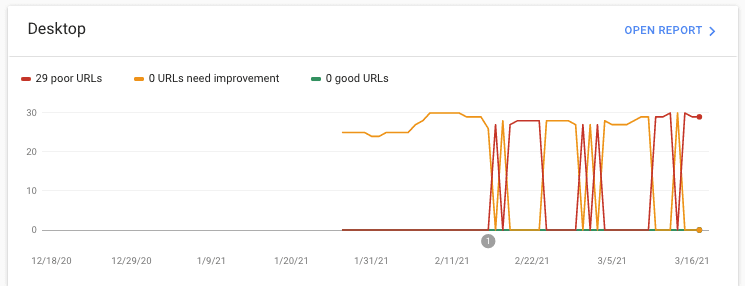
If there are any errors you will see from the summary chart and have the option to open the report.
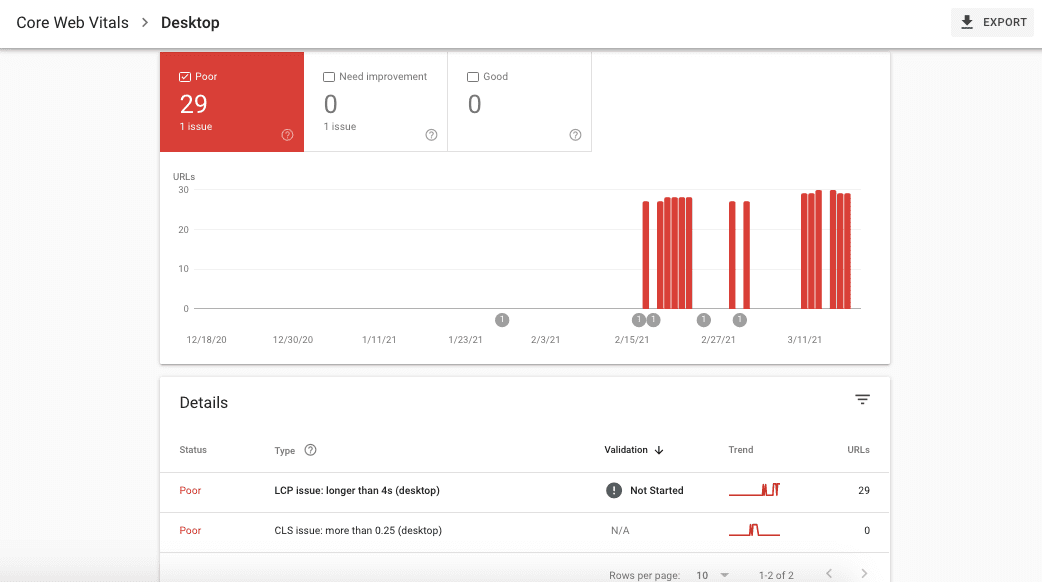
Here you will find a list of the URLs you need to improve in order to correct the error messages.
A more aggressive approach…
If you want to make sure there’s no chance of losing the competitive edge, you can take a more aggressive approach by taking the following steps:
- List the top-performing pages on your website
- Enter the URLs on PageSpeed Insights
- List the competing URLs for your top pages
- Enter the URL for competing pages on PageSpeed Insights
- Compare Core Web Vitals results
If you can identify where your competitors have the edge, you can make the effort to reduce the gap in performance by making the required changes to your site.
Consistency in SEO pays off in dividends
Search engine optimization is a progressive strategy that produces compounding results over time. The beauty of SEO is that everything from basic to advanced SEO strategies is measurable. Make it a point to benchmark achievements by identifying the key performance indicators that ultimately lead you to make more money from your website.
2021 is proving to be full of opportunities in virtually every digital marketing strategy. Take the time to prioritize your SEO and capitalize on the benefits of robust website traffic. In many cases, one keyword can catapult your lead and revenue generation to record highs, so make 2021 a year to remember in the record books.


